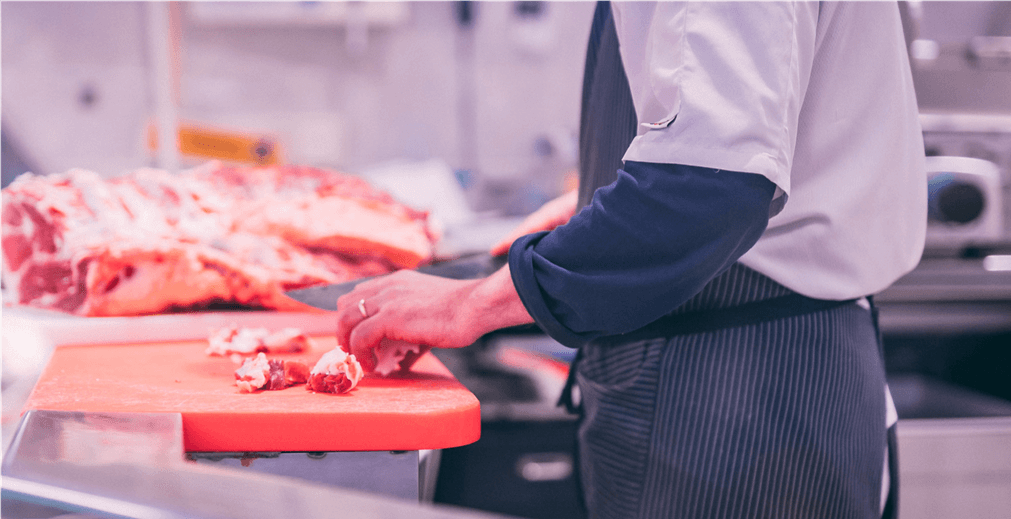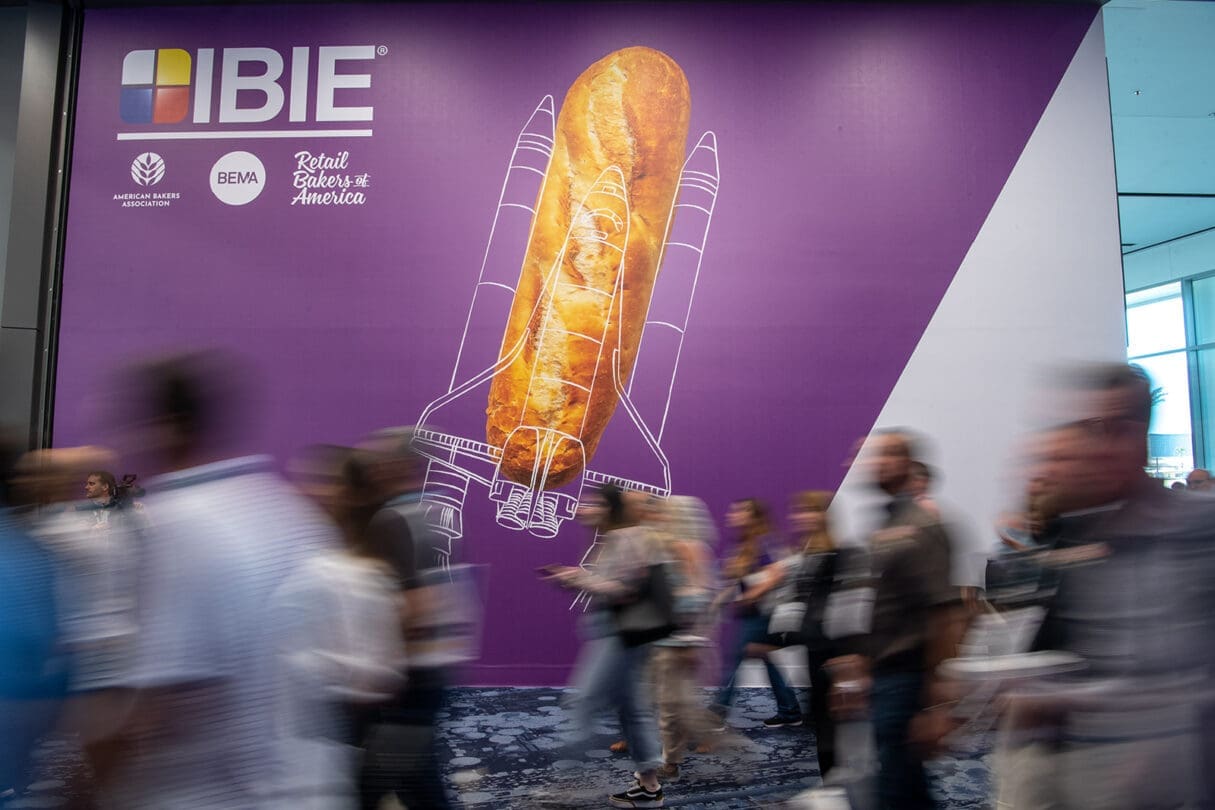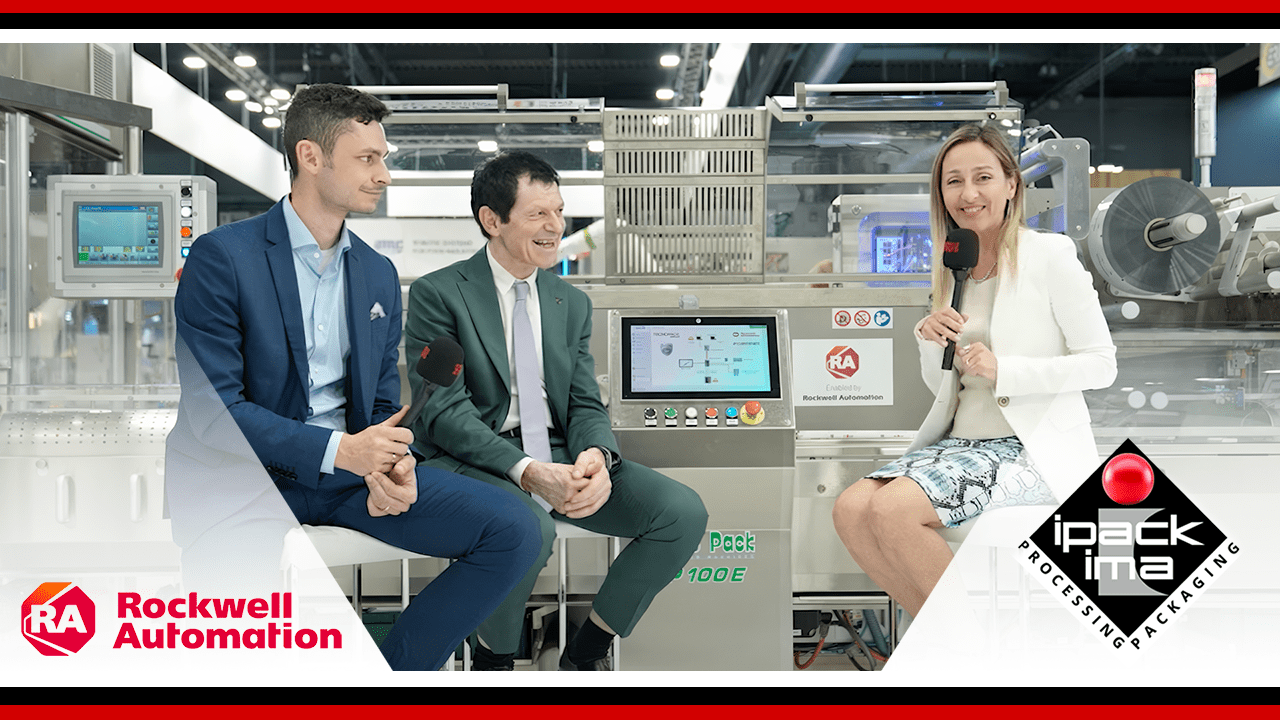With consumer attention highly focused on sustainability and energy efficiency, meat producers rise to the challenge by implementing innovative technologies and solutions. Starting with packaging.
While sustainability has become a mantra of industry in every sector, when it comes to meat the focus is particularly high. In fact, meat consumption is strongly influenced by the choices made by consumers, who today are increasingly concerned about – and aware of – environmental issues related to this sector.
Its impact on the greenhouse effect is irrefutable: in Germany alone, 42.7 million tons of CO2 per year can be attributed to meat consumption, and more than 60 trillion litres of water are necessary for it production and for the breeding of livestock.

Not all meats are equal: the average water footprint per calorie is particularly high for beef and approximately twenty times higher than that of grains, with estimates that mention water savings of between 11% and 35% in the case of diets that include a low consumption of meat.
Aware of this, companies in the sector are responding with a strong commitment to sustainability and technological innovation, which is aimed at protecting the environment, as well as the health and welfare of animals.
This last is an increasingly pressing aspect if one considers that, according to a Eurobarometer survey conducted in April 2021, approximately one third of Europeans are purchasing and eating less meat and 16% take into account the ecological footprint of their food when they do their shopping, thereby adapting their choices.
It’s no coincidence that meat substitutes made with vegetable proteins, as well as vegan and vegetarian alternatives, are experiencing a true boom and reflect a trend towards sustainable foods that respect animals.
Government That Supports the Consumer
The discussion regarding more sustainable food production is also promoted by political needs. In its “Green Deal”, which demands a 55% reduction in greenhouse gases by 2030 with respect to the levels of 1990, the European Union places an obligation on food producers as well, requiring, among other things, greater energy efficiency, less packaging, and the use of innovative and sustainable packaging made with reusable materials.
In light of these social changes and the political framework conditions, numerous processing companies have re-examined their corporate policies, integrating sustainability as a guiding value of their company mission.
And while approximately 90% of the emissions from meat production comes directly from the production line or from the animals themselves, companies which transform meat consider it their duty to re-examine their own processes in order to optimize energy and resources, also focusing on a transition towards renewable energy.
New Trends in Packaging in Compliance with Safety Standards
In terms of packaging, it’s a fact that many consumers pay attention to the sustainable and environmentally friendly solutions of the products that are on the shelves.

This is compounded by the exponential increase in on-line shopping, which excludes direct contact with producers (and thus with their packaging) prior to purchase.
Therefore it goes without saying that, today more than ever, the intentions and choices of companies are highly influential.
For consumers, plastic-free and reduced-plastic packaging is a need which, for companies, becomes a true trending topic. Nevertheless, even with the best of intentions, sustainability must take into account food protection and safety: in the world of packaging, not all materials are equal.
Thus, for example, paper composites or packaging made with recycled materials permit greater penetration of oxygen, which can compromise the quality of the product.
Solutions exist, for example polymer-based oxygen absorbers, which bond to the residual and penetrating oxygen in the package and whose functional layer is integrated in the multi-layer structure. It’s always about finding the perfect balance, thus the enormous importance of research and development.
Recyclable or Circular?
In addition to the topic of recyclability, research focuses on renewable raw materials which fit into the logic of circular economy. Some examples? Algae-based plastic and transparent films made from hemp or cardboard derived from grass. Or even bio-based packaging. These are all excellent alternatives to plastic made from fossil raw materials.
Another trend is intelligent packaging which actively safeguards and protects meat-based products and therefore has a sustainable impact. It keeps temperatures stable, absorbs undesired gases which cause ripening, and prevents germ infestation.
We have many roads, some simple others more complex, before us. But they all go in the same direction: sustainability, sustainability, sustainability. For those company that know how to rise to the challenge.
DOWNLOAD HERE A FREE COPY OF FOOD PROCESSING 3-2022





